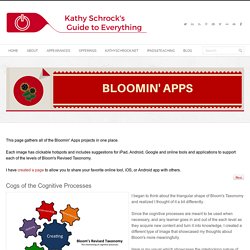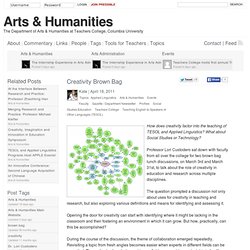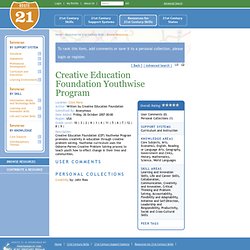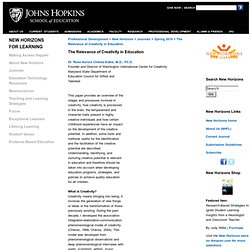

Bloomin' Apps. This page gathers all of the Bloomin' Apps projects in one place.Each image has clickable hotspots and includes suggestions for iPad, Android, Google and online tools and applications to support each of the levels of Bloom's Revised Taxonomy.I have created a page to allow you to share your favorite online tool, iOS, or Android app with others.

Cogs of the Cognitive Processes I began to think about the triangular shape of Bloom's Taxonomy and realized I thought of it a bit differently.Since the cognitive processes are meant to be used when necessary, and any learner goes in and out of the each level as they acquire new content and turn it into knowledge, I created a different type of image that showcased my thoughts about Bloom's more meaningfully.Here is my visual which showcases the interlocking nature of the cognitive processes or, simply, the "Cogs of the Cognitive Processes".
IPAD APPS TO SUPPORT BLOOM'S REVISED TAXONOMYassembled by Kathy Schrock Bloom's and SAMR: My thoughts. Bloom’s Taxonomy…Pyramid or Gears? Suggested Reading - Josh Linkner - The online home of author, VC and entrepreneur Josh Linkner. Creativity Brown Bag. Professor Lori Custodero sat down with faculty from all over the college for two brown bag lunch discussions, on March 3rd and March 31st, to talk about the role of creativity in education and research across multiple disciplines.

The question prompted a discussion not only about uses for creativity in teaching and research, but also exploring various definitions and means for identifying and assessing it. Opening the door for creativity can start with identifying where it might be lacking in the classroom and then fostering an environment in which it can grow. But how, practically, can this be accomplished? During the course of the discussion, the theme of collaboration emerged repeatedly. Revisiting a topic from fresh angles becomes easier when experts in different fields can be consulted. Involving creativity may often be a matter of bringing the arts into a topic where they do not typically play a role. Creative Education Foundation (CEF) - Where Brainstorming Began. Creative Education Foundation Youthwise Program. Location: Click Here Author: Written by Creative Education Foundation Submitted By: Anonymous Date Added: Friday, 26 October 2007 00:00 Region: USA Grade Level: 10 | 3 | 2 | K | 1 | 4 | 11 | 5 | 6 | 7 | 12 | 8 | 9 | Description: Creative Education Foundation (CEF) Youthwise Program promotes creativity in education through creative problem solving.

User Comments (0) Personal Collections (1) Curriculum and Instruction. The Creative Problem Solving Group, Inc. - Creativity Applied = Innovation! The Journal of Creative Behavior. Education Conferences, Brain Based Learning, Professional Development For Teachers. Educating for Creative Minds:Using Brain Science to Ignite Innovation and Imagination February 14-16, 2013San Francisco, CATHIS EVENT HAS PAST. Please click the conferences link in the navigation to see our upcoming events. At the San Francisco Fairmont Hotel, atop Nob Hill San Francisco, CA First keynote begins at 1:30 PM on Thursday, February 14 >>Download conference brochure (pdf) >>Download conference brochure - ASHA version (pdf) Neuroscience is discovering the brain basis for the arts, music, dance, creativity, innovative thinking and even the "Aha" moments of insight. The Relevance of Creativity in Education. Maryland State Department of Education Council for Gifted and Talented This paper provides an overview of the stages and processes involved in creativity, how creativity is processed in the brain, the temperament and character traits present in highly creative individuals and how certain childhood experiences have an impact on the development of the creative potential.

In addition, some tools and methods useful for the identification and the facilitation of the creative potential are described. Understanding, identifying, and nurturing creative potential is relevant in education and therefore should be taken into account when developing education programs, strategies, and policies to achieve quality education for all children. What is Creativity?
Creativity means bringing into being; it involves the generation of new things or ideas or the transformation of those previously existing. How is Creativity Processed in the Brain? The Torrance Tests of Creative Thinking (TTCT) created by E.P. Unlocking the creativity of children and young people. American Creativity Association - Home.
A monthly breakfast lecture series. Education Conferences, Professional Development For Teachers, Teacher Conferences. Art Works Podcast: Jonah Lehrer « Art Works.